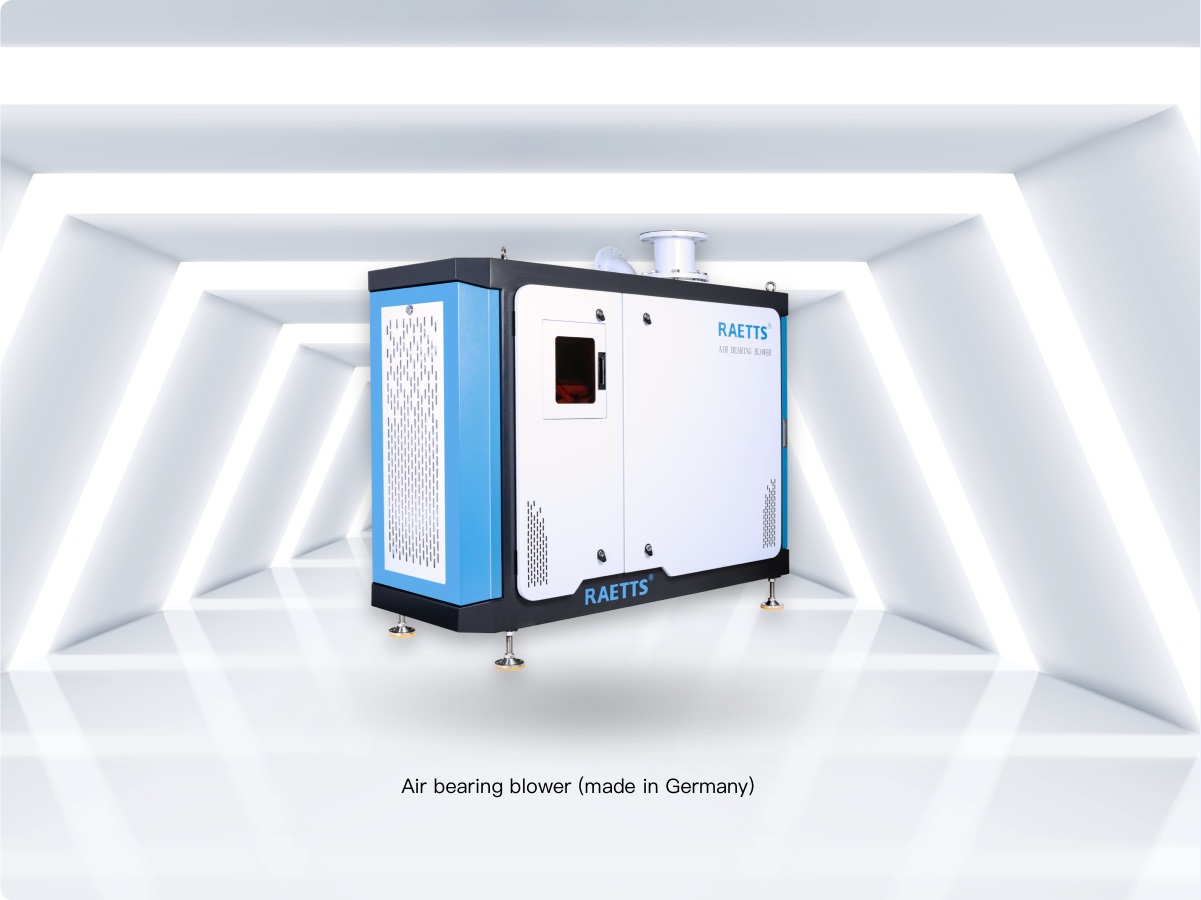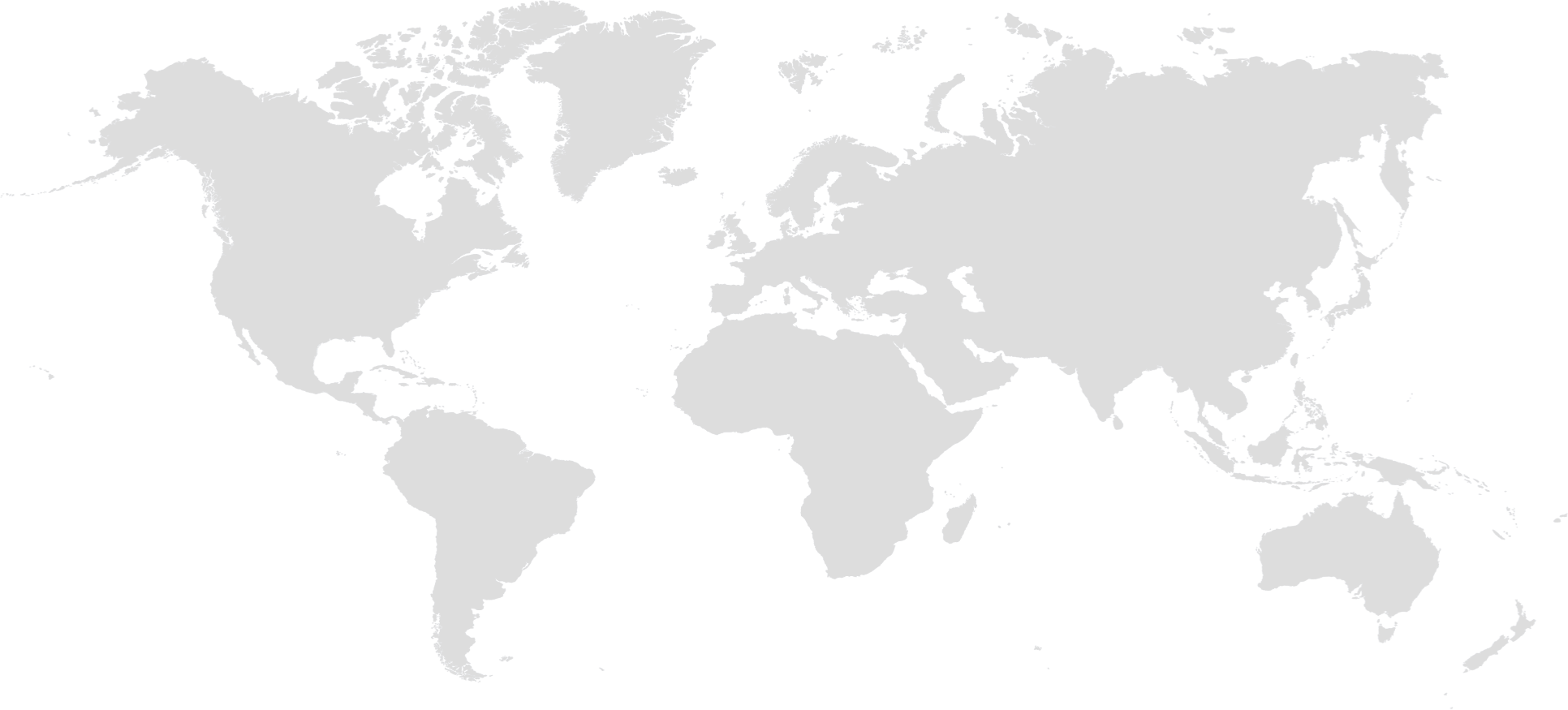The textile industry is a high-demand, fast-paced sector that requires continuous production to meet market needs. One of the most crucial factors in maintaining operational efficiency and product quality is minimizing production downtime. Whether in spinning, weaving, dyeing, or finishing processes, unexpected stoppages or delays can significantly impact the overall productivity, lead times, and profit margins of a textile manufacturer.
One of the key components that can help reduce production downtime is the integration of air blower machines—specifically, turbo blowers. These machines play an essential role in a variety of functions within textile manufacturing, from air ventilation and cooling to cleaning and drying processes. RAETTS, a leading turbo blower manufacturer, specializes in providing high-performance air blowers that are engineered to improve operational efficiency, reduce downtime, and optimize production in the textile industry.
In this article, we will explore how RAETTS turbo blowers enhance production processes in the textile industry, focusing on how these blowers help reduce downtime, improve productivity, and ensure high-quality outputs.
The Impact of Downtime in the Textile Industry
Production downtime in the textile industry can result from several factors, including equipment failures, maintenance requirements, and process inefficiencies. Downtime can be particularly costly in textile operations, as machines often run 24/7, and even small delays can accumulate to significant losses in both time and money.
Common causes of downtime in the textile industry include:
- Mechanical failure: Wear and tear of machines over time can lead to breakdowns.
- Cleaning and maintenance: Dust, lint, and other particles can accumulate in textile machines, requiring regular cleaning to maintain performance.
- Cooling and ventilation issues: High temperatures and insufficient airflow can affect machine efficiency and product quality.
- Drying bottlenecks: Textile drying processes are crucial for preventing defects, and inefficiencies here can lead to delays.
RAETTS turbo blowers provide solutions that address these challenges directly, helping textile manufacturers reduce downtime by ensuring efficient ventilation, cooling, and cleaning processes.
1. Optimizing Cooling and Preventing Overheating
In many textile manufacturing processes, especially in spinning, weaving, and dyeing, machines generate significant heat during operation. Without proper cooling, this excess heat can lead to equipment failure, reduced machine lifespan, and lower-quality outputs. RAETTS turbo blowers help maintain optimal cooling by delivering high-volume, low-pressure air to critical components, preventing overheating.
By ensuring consistent airflow, turbo blowers help regulate the temperature of machines and equipment, ensuring that they operate within their ideal temperature range. This helps avoid thermal-related malfunctions, reducing the need for costly repairs or replacements and preventing production stoppages.
RAETTS Tip: RAETTS turbo blowers are highly effective in preventing overheating by providing continuous, energy-efficient airflow that cools down textile machines and components.

2. Efficient Ventilation for Dust and Particle Removal
The accumulation of dust, lint, and other fine particles is a significant issue in textile manufacturing. These particles not only compromise the quality of the finished products but can also clog machine components, leading to performance issues and increased maintenance requirements. RAETTS turbo blowers play a vital role in ventilation systems by creating high-pressure airflows that help to remove debris, clean machinery, and maintain a safe working environment.
Proper ventilation with turbo blowers helps ensure that machines remain free of dust and lint build-up, which can reduce the frequency of cleaning cycles and maintenance downtime. By continuously circulating air, RAETTS turbo blowers can keep the production environment clean and the equipment running smoothly.
Additionally, RAETTS turbo blowers are often integrated into pneumatic dust collection systems, which remove particles from the air and direct them to central collection points, further reducing the chances of equipment clogging and contamination of textile materials.
RAETTS Tip: Integrating RAETTS turbo blowers into your dust collection system will reduce cleaning downtime and keep your textile machines free from debris buildup, allowing for continuous, high-quality production.
3. Accelerating Drying Processes
Drying is a critical step in textile production, particularly in the dyeing, finishing, and printing stages. If the drying process is inefficient, it can lead to bottlenecks that slow down the entire production line. RAETTS turbo blowers provide a reliable solution for improving the efficiency of drying systems by delivering consistent airflow that speeds up the drying process.
By utilizing high-flow air, turbo blowers help to evaporate moisture more quickly, ensuring that textile materials are dried faster without compromising the quality of the fabric. This increased drying efficiency minimizes the need for excessive drying cycles, reduces energy consumption, and prevents unnecessary delays in the production schedule.
Whether used in tumble dryers, air dryers, or tensionless drying systems, RAETTS turbo blowers help textile manufacturers increase productivity by reducing drying time and minimizing production downtime caused by inefficient drying processes.
RAETTS Tip: Using RAETTS turbo blowers in your drying systems can dramatically cut drying time, reducing production bottlenecks and increasing throughput.
4. Reducing Machine Maintenance Downtime
Textile machines require regular maintenance to keep them running smoothly. However, maintenance downtime can become a significant issue if equipment parts are not kept clean and in optimal working condition. RAETTS turbo blowers help reduce maintenance downtime by preventing the accumulation of dirt, dust, and other debris that could lead to machine malfunctions or clogging.
By providing powerful airflow to clean machine parts, turbo blowers reduce the frequency of manual cleaning tasks and ensure that machines remain free of particles that could cause wear and tear. Additionally, using turbo blowers for cooling and dust removal can extend the lifespan of components, further reducing the need for costly repairs and minimizing machine downtime.
By reducing the time spent on manual cleaning and maintenance, RAETTS turbo blowers help keep production lines running at full capacity, boosting overall productivity.
RAETTS Tip: Integrating RAETTS turbo blowers into your cleaning and maintenance procedures will extend the lifespan of your textile machines and reduce the frequency of maintenance-related downtime.
5. Enhancing Energy Efficiency
While turbo blowers are powerful machines, they are also designed to be energy-efficient. Unlike traditional blowers or fans, RAETTS turbo blowers provide high airflow with low energy consumption, making them a more sustainable and cost-effective option for textile manufacturers. Reduced energy consumption translates to lower operational costs and better overall efficiency, enabling manufacturers to keep production running smoothly without spending excessive amounts on energy bills.
The energy-efficient design of RAETTS turbo blowers also means that they can operate longer without requiring frequent servicing, further reducing downtime and maintenance costs.
RAETTS Tip: Choose RAETTS turbo blowers for energy-efficient airflow that reduces both operational costs and the risk of downtime due to equipment failure.
6. Improving Air Quality for Worker Safety
In addition to improving machine performance, RAETTS turbo blowers contribute to worker safety by improving the air quality in textile manufacturing environments. The consistent airflow provided by turbo blowers helps ventilate the workspace and remove harmful particles such as dust, lint, and fibers, which can pose respiratory hazards to workers.
Maintaining a clean and well-ventilated working environment not only helps keep machines running smoothly but also contributes to a safer and healthier workplace, reducing the likelihood of worker injuries or illness. This is particularly important in industries that handle chemical dyes or other potentially harmful substances.
RAETTS Tip: Integrate RAETTS turbo blowers into your ventilation system to improve air quality and maintain a safe, compliant workplace.
Conclusion: Boost Textile Production Efficiency with RAETTS Turbo Blowers
In the textile industry, reducing production downtime is essential for maximizing efficiency, productivity, and profitability. RAETTS turbo blowers provide textile manufacturers with the tools they need to minimize downtime and enhance key processes such as cooling, drying, dust removal, and machine maintenance.
With their energy-efficient design, powerful airflow, and ability to improve ventilation and cleaning processes, RAETTS turbo blowers are an indispensable part of modern textile manufacturing. Whether you need to accelerate drying times, improve cooling, or reduce machine maintenance, RAETTS turbo blowers offer tailored solutions that keep your production lines running smoothly.
If you are looking to improve operational efficiency and reduce downtime in your textile manufacturing processes, RAETTS offers reliable, high-performance turbo blowers that can meet your specific needs.
Contact RAETTS today to learn how our turbo blowers can help optimize your textile manufacturing operations, boost productivity, and cut operational costs.



